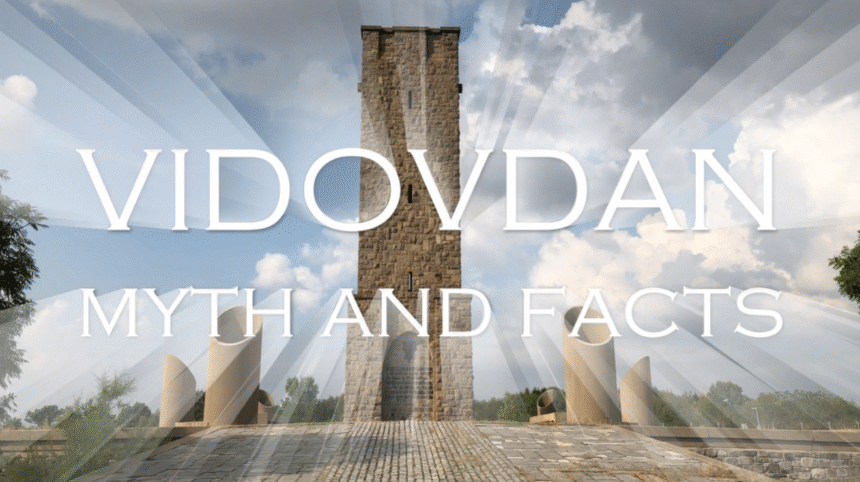Tomorrow, June 28, Serbs across Kosovo will observe Vidovdan, a day of profound historical and religious significance commemorating the 1389 Battle of Kosovo. However, this annual observance, primarily held in Gazimestan near Prishtina, has frequently become a platform for political provocations and the dissemination of chauvinistic messages.
Participants have often leveraged the holiday to convey nationalist sentiments and provoke Albanians. The display of flags, symbols, and slogans reminiscent of past conflicts raises concerns about the misuse of historical events for contemporary political agendas. Despite Vidovdan being a day of remembrance and spirituality, extremist elements consistently exploit it to inflame tensions, particularly at a time when dialogue and coexistence are critically important.
Recent academic studies, notably by Prof. Dr. Oliver Jens Schmitt, a renowned German-speaking historian at the University of Vienna, challenge traditional Serbian historical narratives surrounding the Kosovo myth and early Serbian-Ottoman relations in the Balkans. Schmitt contends that Serbs provided crucial assistance to the Ottomans in their conquest of the Balkans and were among the most cooperative peoples with the Ottoman court. This refutes the prevailing claim that Serbs were the sole victims of the Ottoman invasion, while other peoples were collaborators. In this context, the myth of the Battle of Kosovo campaign appears both politicized and historically unstable.
The Serbian narrative transformed the defeat at the Battle of Kosovo into a symbol of “sacrifice for homeland and religion,” glorifying it as a moral victory. Prince Lazar was canonized, and Kosovo was depicted as a “Holy Land.” In the 20th century, particularly during the era of Slobodan Milošević, the battle was instrumentalized to justify Serbian claims to Kosovo as the “cradle of the Serbian state and the Serbian religion.” The prevailing Serbian narrative also falsely portrayed the battle as an exclusive conflict between “Christian Serbs” and “Muslim Ottomans.”







